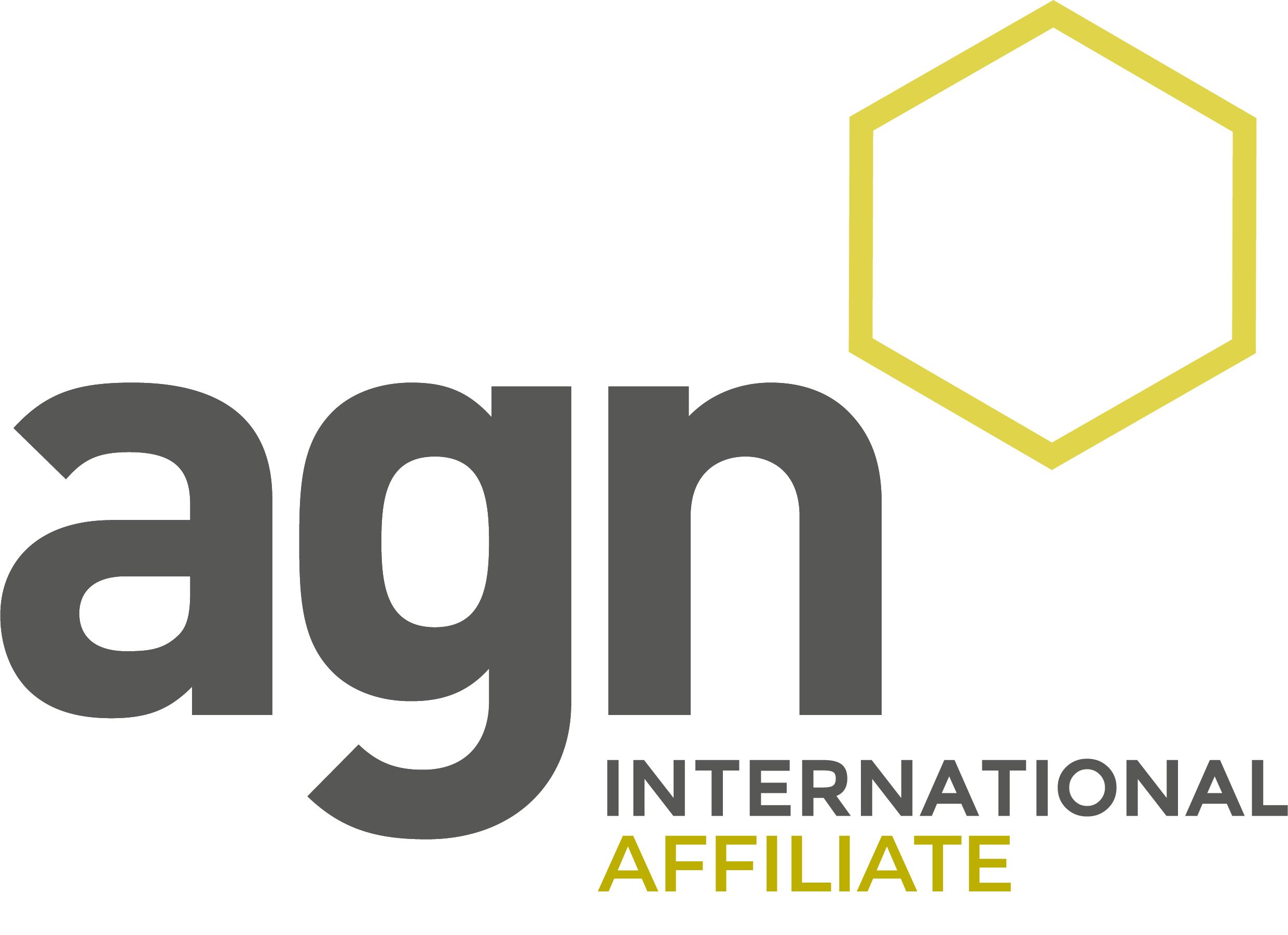Clarification on Employment Allowance and CJRS claims
- 24th September 2021
Back in April 2020, we issued some guidance in relation to whether or not to defer your Employment Allowance (EA) claim until later in the year.
HMRC has now provided clarity on this issue and the advice to defer your EA claim has proved to be the wise choice.
HMRC has now clarified that claims for the EA cannot be back-dated to cover secondary NIC paid or due for the periods before the claim. Therefore, where the EA was claimed in August 2020 or later in 2020/21, it should not cover the secondary NIC included in CJRS claim for April to July 2020.
In addition, a claim for EA takes precedence over a CJRS claim meaning the EA claim cannot be reduced or changed retrospectively.
Some payroll software may have backdated the recovery of employers’ secondary NIC in the CJRS grant which will have led to a double claim. If this is the case, the amount of over-claimed NIC must be repaid.
The ICAEW has provided two scenario’s which we have included below for reference.
Scenario 1: EA claims deferred until after final CJRS NIC claim month
Employers who claimed the secondary NIC element of CJRS for April to July 2020 and deferred their EA claim for 2020/21 until after the month of their final CJRS claim will be treated as receiving their EA relief from the month after their EA claim. For example, if EA was claimed in July 2020 after the payroll run, EA would apply for August 2020 onwards. (Note: EA is claimed via the employer payment summary and the deadline for which is the 19th of the month after month end. This means a claim for July could be made by 19 August, but it would relate to July not August.)
In HMRC’s view, these employers will not have double claimed EA and the NIC element of CJRS in April to July 2020 provided they had sufficient secondary NIC liabilities to absorb the full £4,000 EA from the point of claim until the end of the 2020/21 tax year.
Employers who did not have sufficient secondary NIC liabilities to absorb £4,000 EA from August 2020 to the end of 2020/21 will automatically obtain EA for the unrelieved balance up to £4,000 against secondary NIC liabilities for April to July 2020.
As EA takes priority over other deductions, the CJRS NIC grant must not exceed the total amount of secondary NIC actually paid by the employer for the period of the claim.
What you need to do
Employers whose payroll software backdated EA to the start of the tax year or did not reduce EA to take account of the NIC element of CJRS grants for April to June 2020, will need to repay an equivalent amount of the secondary NIC element of the CJRS grant to ensure that they have not been reimbursed for secondary NIC repaid due to the EA being backdated. Secondary NIC paid in April to July 2020 which was not included in a CJRS NIC claim remains eligible for EA.
Scenario 2: EA claim made at beginning of 2020/21
If an EA claim was made at the beginning of the tax year, the employer would not pay any secondary NIC due until the full amount of EA had been used. As the employer was not having to pay secondary NIC to HMRC, they could not claim the secondary NIC element of the CJRS grant. Once the full £4,000 EA had been used and the employer started to pay secondary NIC, the employer could benefit from the secondary NIC element of CJRS.
Depending on the size of the employer, it is possible that, prior to the end of July 2020, the employer used the full EA within the first month or two and correctly also claimed the secondary NIC element of the CJRS grant.
What you need to do
If an employer claimed CJRS support against secondary NIC that they did not have to pay to HMRC (owing to the EA claim), they will have double claimed and will need to repay the secondary NIC element of the CJRS grant.
EA priority over other deductions
The legislative authority for EA taking priority over any other deduction is outlined in s4(3), NIC Act 2014 which states: “If under HMRC’s arrangements a person is permitted to make a deduction from a qualifying payment, the person must make the deduction and must make it before any other deductions which the person is permitted to make from the payment under any other legislation.“
HMRC’s view that EA is given for the tax months after an employer makes its claim is detailed in paragraph 10 of HMRC’s Arrangements for EA made under s4, NICA 2014.
Meanwhile, para 8.4 of the first CJRS Direction confirms that the secondary NIC element of CJRS claims should not exceed the total amount of secondary NIC actually paid by the employer for the period of the claim.
Talk to us
If you require any assistance or advice in relation to this topic, please do not hesitate to call us for clarification.
Any news or resources within this section should not be relied upon with regards to figures or data referred to as legislative and policy changes may have occurred.



